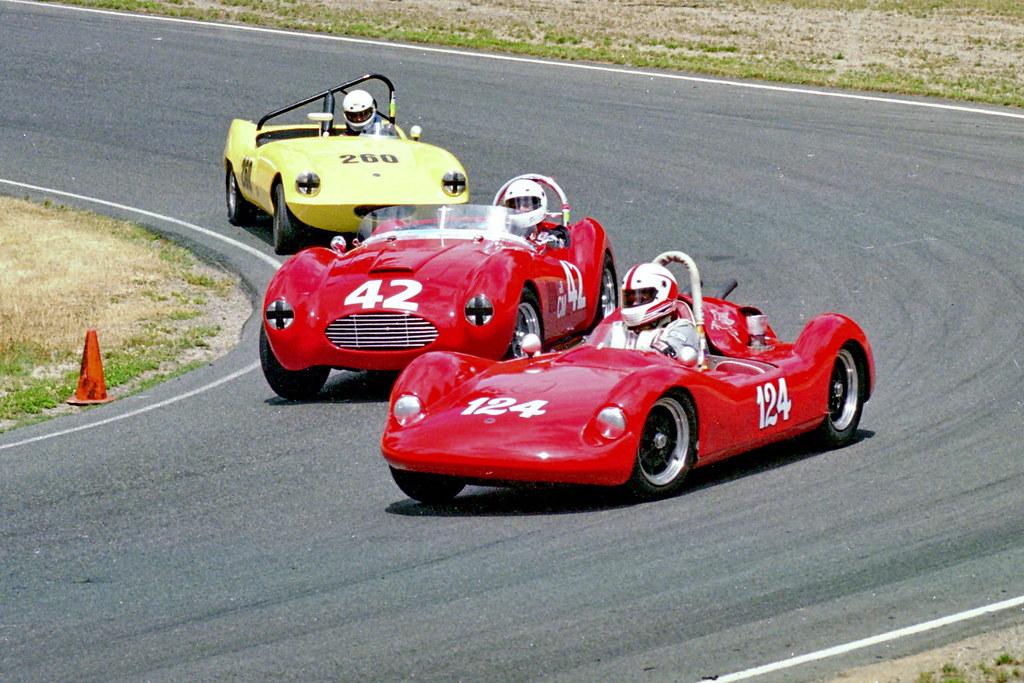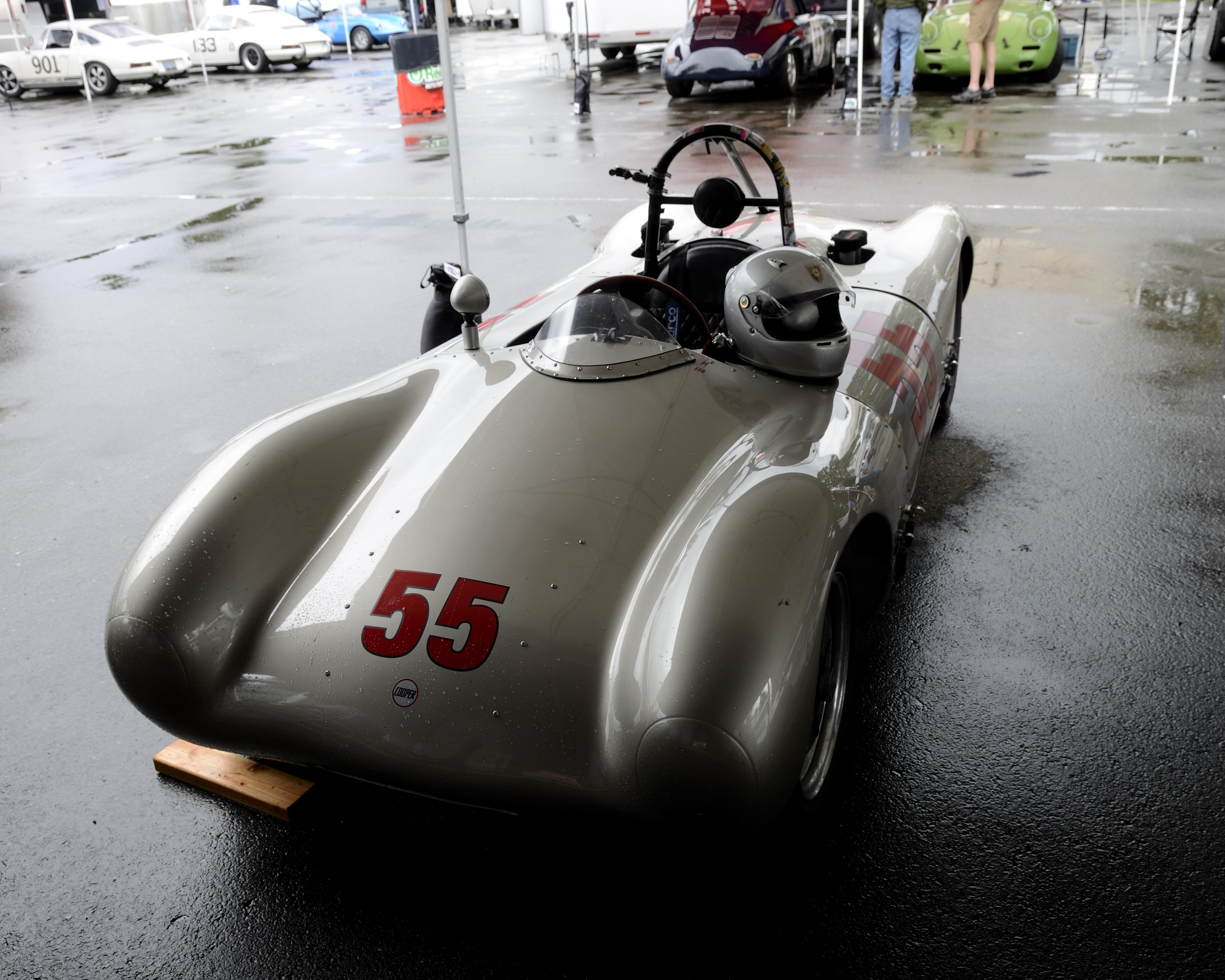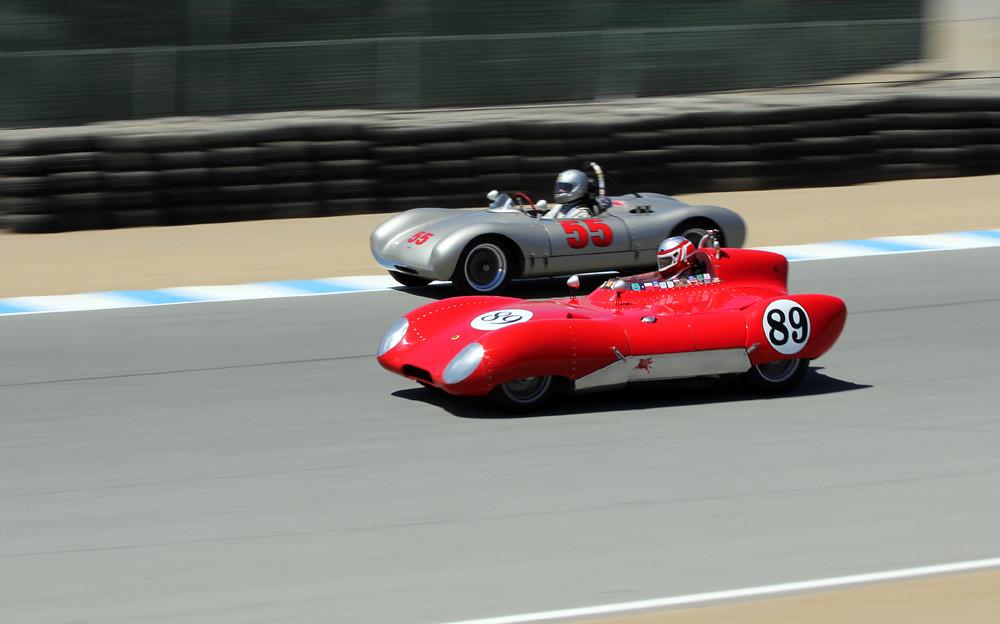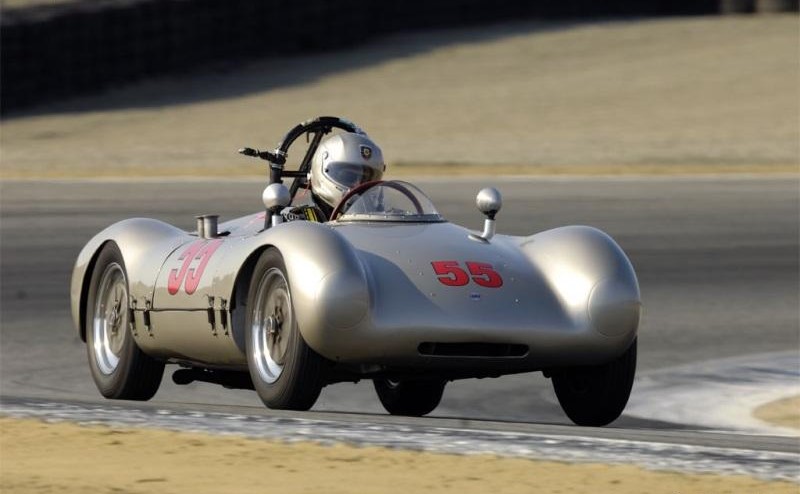1953 Cooper-Porsche ("Pooper") Racecar
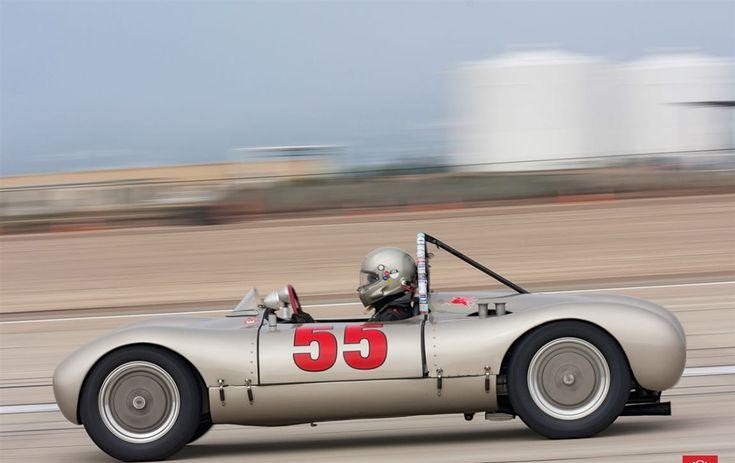
The descriptions of the Classic Cars in the Directory were partly generated or supplemented with the help of artificial intelligence (AI). The content may occasionally not always be entirely accurate or factually correct despite careful checking.
The Copper-Porsche Cooper-Porsche, commonly known as "The Pooper," is a racecar that was originally built in 1953. Regarded as one of the most iconic vintage racecars, The Pooper showcases an exemplary fusion of the craftsmanship of the Cooper-Climax and Porsche engineering.
The Pooper's chassis construction started out with a tubular space frame design that was reinforced with aluminum bodywork. It features an adjustable suspension system that includes telescopic dampers at the front end and trailing arms at the rear. The car is equipped with adjustable sway bars to customize the handling characteristics to match the driver's preference.
The Pooper was fitted with a mid-mounted, four-cylinder, air-cooled, Porsche 356 engine with a displacement of 1500cc. The powertrain features twin Weber carburetors and is paired with a four-speed manual gearbox that sends power to the rear wheels. The engine bay of The Pooper also features a custom belt-driven cooling fan, allowing the engine to perform optimally without any oil or transmission overheating concerns.
The wheels of The Pooper are equipped with four-wheel disc brakes, which were state-of-the-art at the time. The brakes were specifically designed to provide efficient stopping power on both the front and rear axles. The Pooper is equipped with lightweight magnesium wheels, which reduces unsprung weight on the vehicle and, as a result, increases the car's handling capabilities.
The cockpit of The Pooper is designed to offer the driver maximum visibility, with the seating position placed as low as possible to the ground to reduce the wind resistance on the car. The car's controls, including the pedals, steering wheel, and shifter, are optimally placed to ensure maximum comfort and control for the driver.
The Pooper has an overall weight of 1300 pounds, making it one of the lightest racecars of its time. The car has a top speed of 120 mph and can reach 0-60 mph in less than ten seconds.
In summary, The Pooper is a true depiction of a vintage racecar that showcases a delicate combination of masterful Cooper-Climax design and the brilliant engineering of Porsche. From its powertrain to its chassis construction, The Pooper is a masterpiece, which goes down in history as one of the most iconic racecars of all time.
Milestones
- In 1953, Porsche develops the 550 Spyder sports car. - The Cooper Car Company, based in the UK, purchases a 550 Spyder to use as a prototype for their own racecar. - Cooper modifies the chassis and suspension of the 550 Spyder to meet their specifications, and renames the car the "Cooper-Porsche". - The Cooper-Porsche makes its racing debut at the 1953 24 Hours of Le Mans, driven by Stirling Moss and Bill Smith. - The car becomes known as the "Pooper" due to its distinctive exhaust note. - The Pooper wins its first race at the Brands Hatch circuit in the UK, driven by Moss. - The car attracts attention for its lightweight construction and impressive handling. - Cooper builds additional Poopers for use in races around the world. - The Pooper continues to compete in races throughout the 1950s, often driven by notable drivers such as Moss and Mike Hawthorn. - The Pooper's success inspires a new generation of small, nimble sports cars, including the Lotus Seven and the Mazda MX-5.Technical
- Engine: air-cooled, horizontally-opposed 4-cylinder - Displacement: 1.5 L - Horsepower: 70 HP - Transmission: 4-speed manual - Suspension: front and rear independent - Brakes: disc brakes on all four wheels - Body: hand-built aluminum body on a space frame chassis - Weight: approximately 1,300 lbs - Top speed: approximately 100 mph - Racing history: competed in sports car races in Europe in the early 1950s, including the 1953 24 Hours of Le Mans.